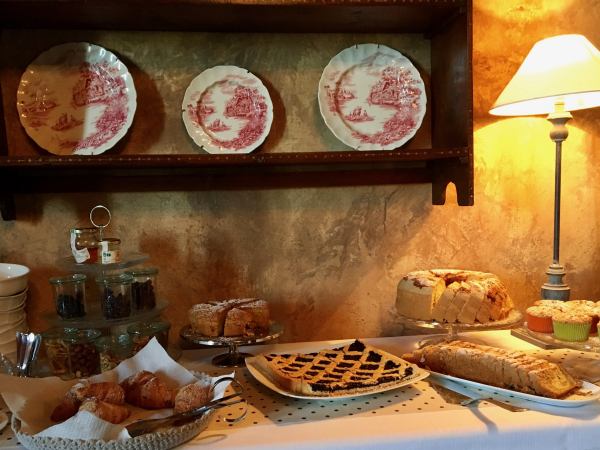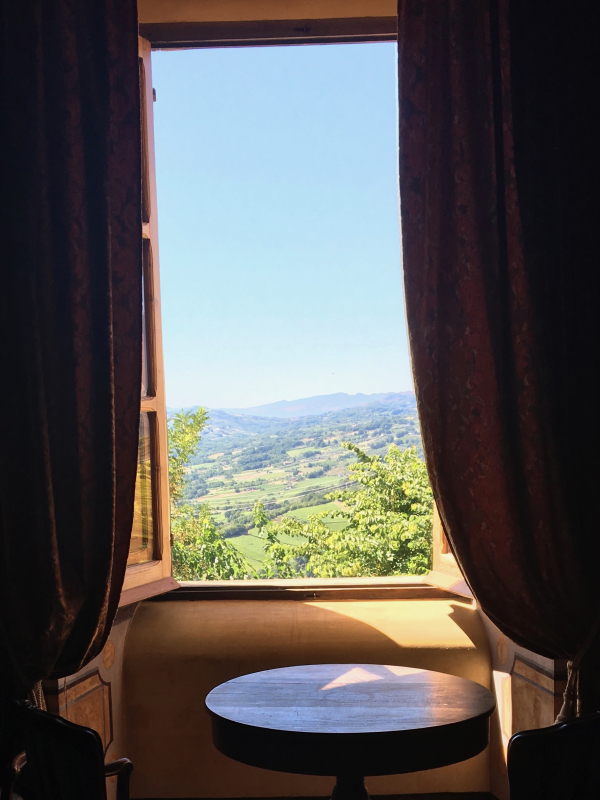First…
My latest Forbes pieces are here and concern women winemakers embracing offbeat thinking, an Australian changing Bordeaux’s wine scene, and the mother/daughter winemaker story mentioned below.
I also wrote two other pieces concerning the Romans for Forbes: about a huge villa funded by the wine trade, and how the Romans enjoyed luxury in western France.
Now…
About those ancient Italian winemakers.
Romans worked about seven hours a day during summers, and about six hours per day during winters. They also believed that wine was a daily necessity for all.

Clever culture.
The western culture has changed from that of these denizens of antiquity.
We appreciate pain killers at the dentist, antibiotics from doctors, flipping a switch rather than tending a flame to provide light, and not being surrounded by the ubiquitous smell of horse poop from the prevalent Roman mode of transportation. We switch on dishwashers instead of commanding slaves to scrub pots and would prefer to watch Russel Crowe flash a sword blade in a Ridley Scott gladiator movie than to watch humans actually butcher limbs within hot stone coliseums.

Yet Roman attitudes toward work and wine had admirable traits (slavery aside).
Rome was the epicenter for the Roman Empire (consider: this society built sturdy roads in England centuries before local tribes even tried to emulate their engineering). The city of Rome was also a subsequent focus for the Renaissance. This ‘rebirth’ took a sleeping medieval continent, which then disdained the concept of bathing, and reminded it of valued culture from the ‘old days,’ including the joy and benefits of soaking in hot baths.
And the Romans loved their wine.
When Roman society was in full swing, an unparalleled, structured, full-bodied wine named Amineum (according to Pliny) came from Greece, while a rosé from the Nomenta grape north of Rome was also favored. International trade brought other grapevines, and wines, from Spain and Bordeaux (Biturica).
But their vines and winemaking techniques likely originated elsewhere: from the north, and before that from the east.
In a post three years ago I explained how the roots of Roman wine come from the ancient society of what is now Italy’s Tuscany—that of the Etruscan people. It hinges on an article in the Smithsonian Magazine.
Before Rome, there was Etruria—populated by people called Etruscans (today, these are the people of Tuscany).
The Etruscans loved dinner parties where men and women reclined together on couches after feasts of, say, fresh caught trout stuffed with rosemary and dabbed with honey, and drank their wine—to which they added spices or even grated cheese. And some of their grapevines, like the Etruscan people, likely originated in the eastern Mediterranean millennia ago.

Etrurian wine making techniques migrated not only to Rome, but around 500 BCE, to France.
The legacy of winemaking remains rich on the Italian peninsula; today there are some 300 plus wine grape varieties in the country.
In a recent Forbes piece I described how two of the three most grown grape varieties in Italy are being propelled into popularity, and given respect, by a dynamic mother/daughter team from Abruzzo.
After Spain, Italy exports the highest volume of wine in the world (though in wine value, France remains first).
Which means the descendants of Etruria, and Rome, still value an international outlook.
And appreciation for life.
And coliseums, no longer filled with butchering gladiators.
Thanks for tuning in.



